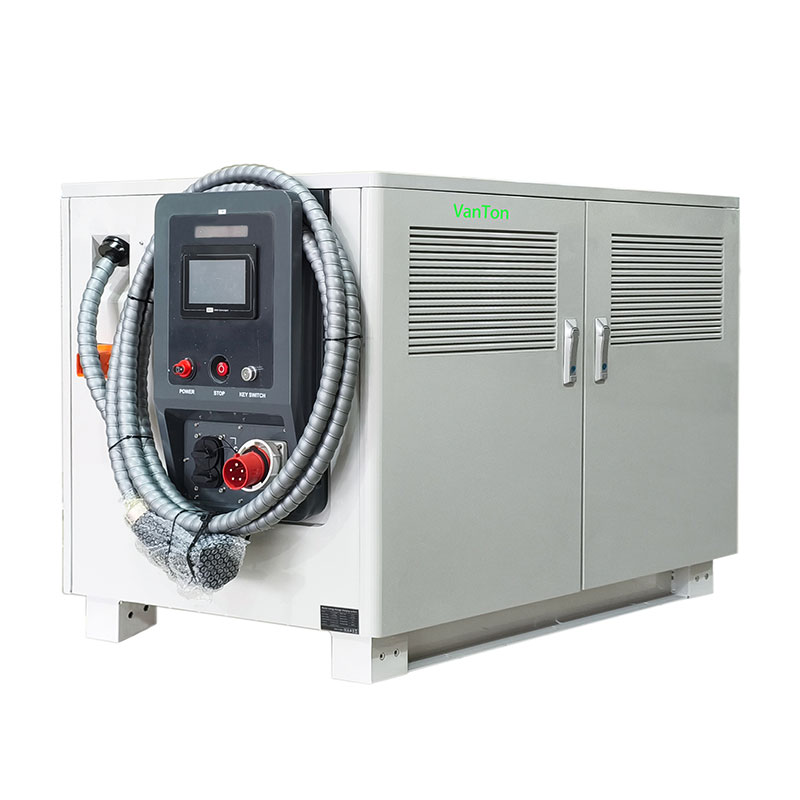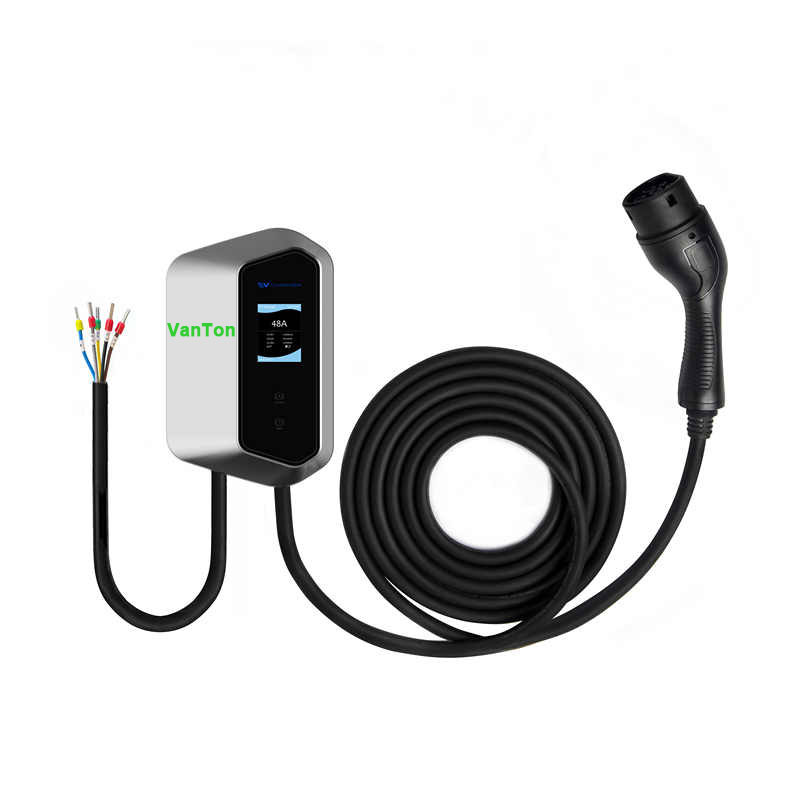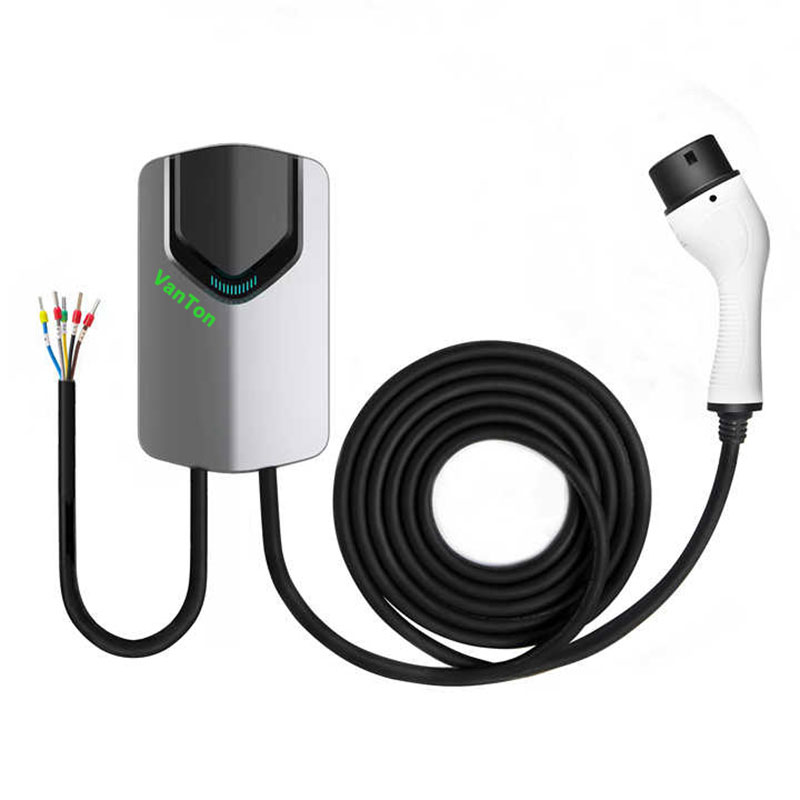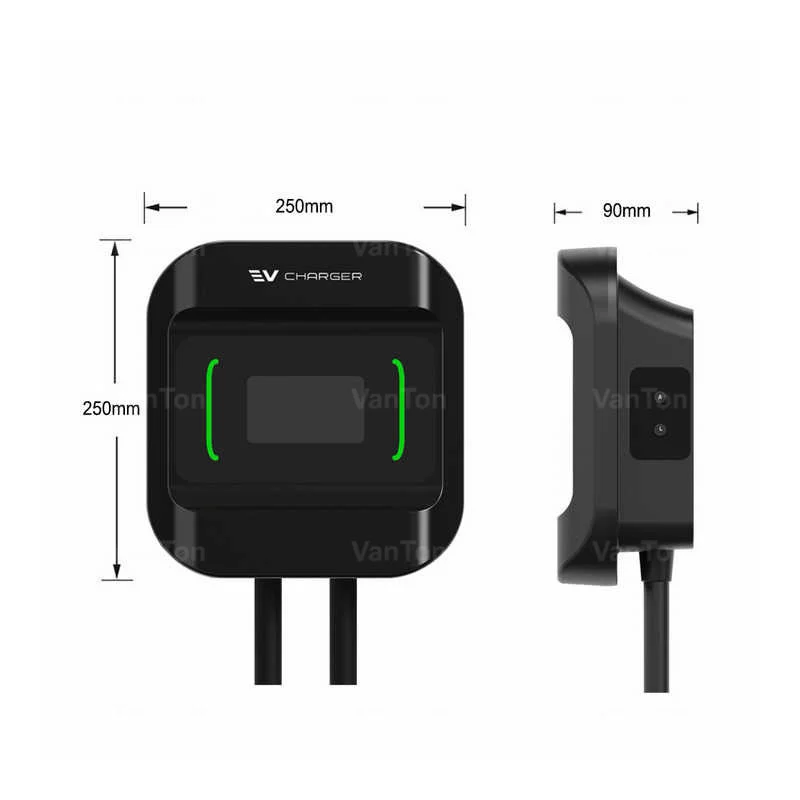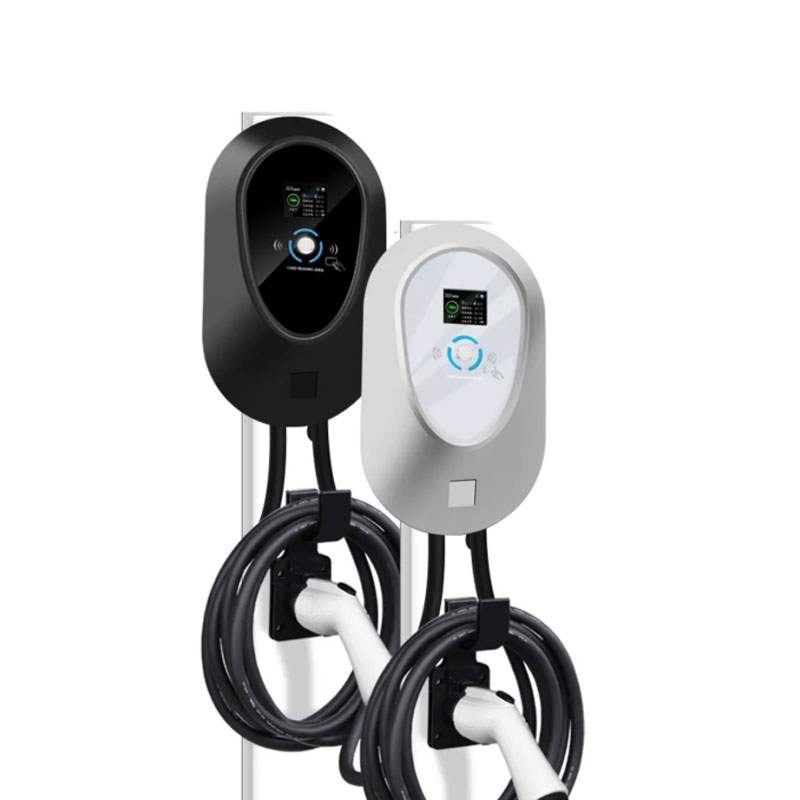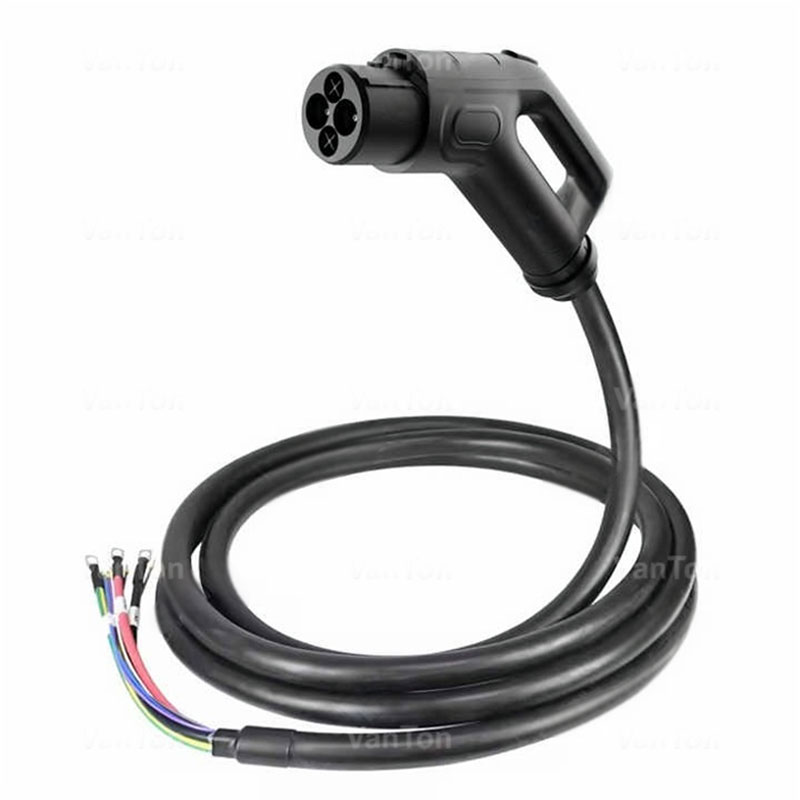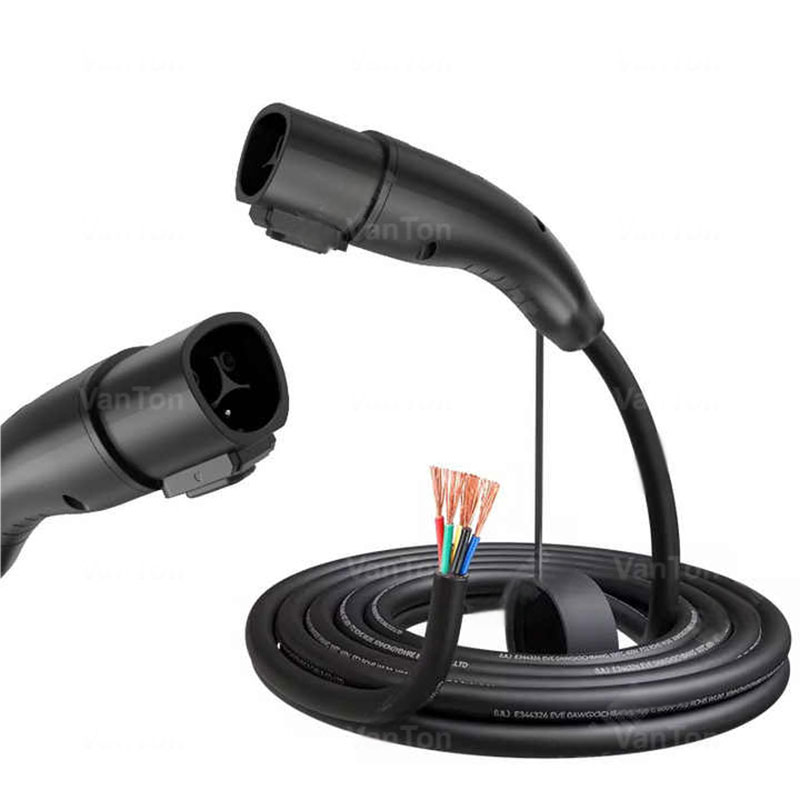How to choose between AC EV Charger and DC EV Charger for electric vehicles?
Electric vehicles refer to vehicles that use on-board power as power, use motors to drive wheels, and meet the requirements of road traffic and safety regulations. Its working principle is to rely on batteries to generate current, which reaches the motor through a power regulator, drives the power transmission system, and drives the car.
New energy vehicles mainly rely on charging piles as energy replenishment devices. From the perspective of charging type, charging piles can be divided into DC EV Charger piles and AC EV Charger piles, and the corresponding outputs are DC and AC. DC EV Charger is the so-called fast charging, which is a charging method that rapidly increases the battery power in a short period of time.
The power of a DC EV Charger pile is generally between 15KW-120KW, with each 15KW as a gear. When the DC EV Charger pile is started, the built-in conversion module of the charging pile is directly used to convert the AC power of the power grid directly into DC power, and then charge the battery through the electric vehicle charging port. The charging current of the DC EV Charger pile is large, which is ten or even dozens of times the conventional charging current. The charging speed is very fast. Generally, the electric vehicle can be fully charged to 80% in 30 minutes. After that, the constant current charging is changed to constant voltage charging to protect the battery and charge it more fully. The advantages of this method are high charging power and fast charging speed. It can basically be fully charged in about 1 hour. It is suitable for situations where power needs to be replenished quickly in a short time.
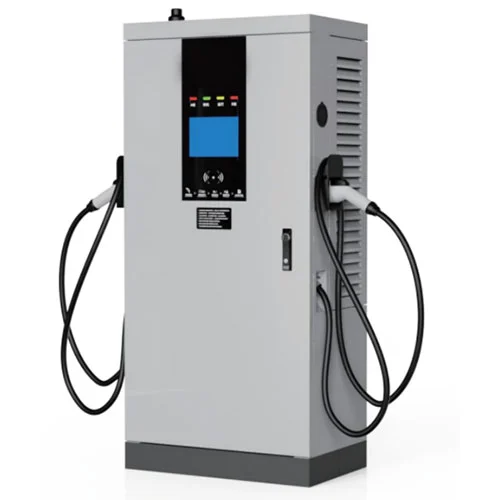
However, the defects of DC EV Charger are also obvious. On the one hand, because its power is quite large, directly charging our vehicle will cause a considerable impact on the circuits in our car, and long-term use will damage the circuits in our car. On the other hand, in addition to its high cost, DC fast charging also has high requirements for batteries. Because the conductive materials used in the battery now cannot completely conduct this high-power current, the remaining current will cause an impact on the battery, which is easy to cause the battery temperature to rise sharply in a short time, and cause the lithium ions inside the battery to fall off, making the battery voltage unstable, which will damage the battery and reduce the battery life. AC EV Charger, also known as slow charging, is a charging method that uses a charging pile to convert the AC power of the power grid into DC power through the charging port and the on-board charger, and then charges the battery. Its power is relatively small, generally below 7KW.
The disadvantage of AC charging is that the charging time is long, and the charging time of different brands is also different. Generally, it takes 6-8 hours to fully charge. Because AC charging uses constant AC power to charge, the voltage is stable and will not cause impact on our vehicle's lines and battery, and the current requirement is not as high as that of DC EV Charger piles, and the cost is relatively cheap. Therefore, if you have enough time, it is better to choose conventional AC slow charging.
- How did a floor charger change my EV site economics overnight?
- Are EV Charging Adapters Safe for Daily Use
- Which DC EV charger helps me win more drivers and profit sooner?
- What Makes A DC EV Fast Charging Project Actually Work?
- What did I learn when a DC fast charger became part of my everyday business?<
- How fast is a DC EV charger?


